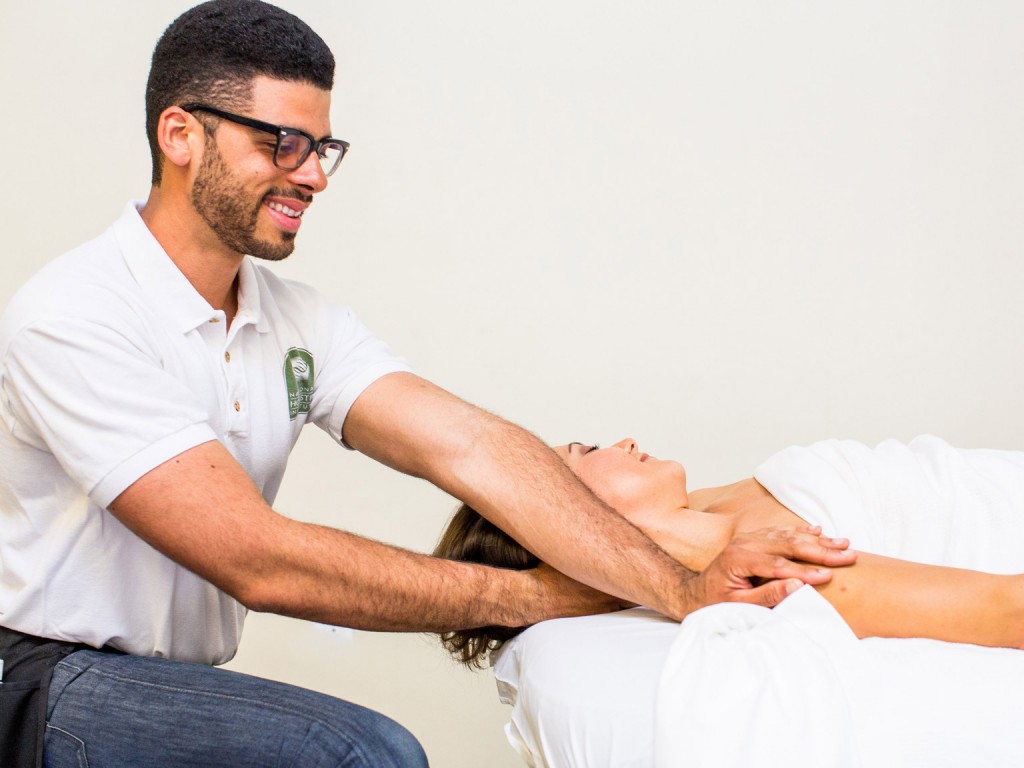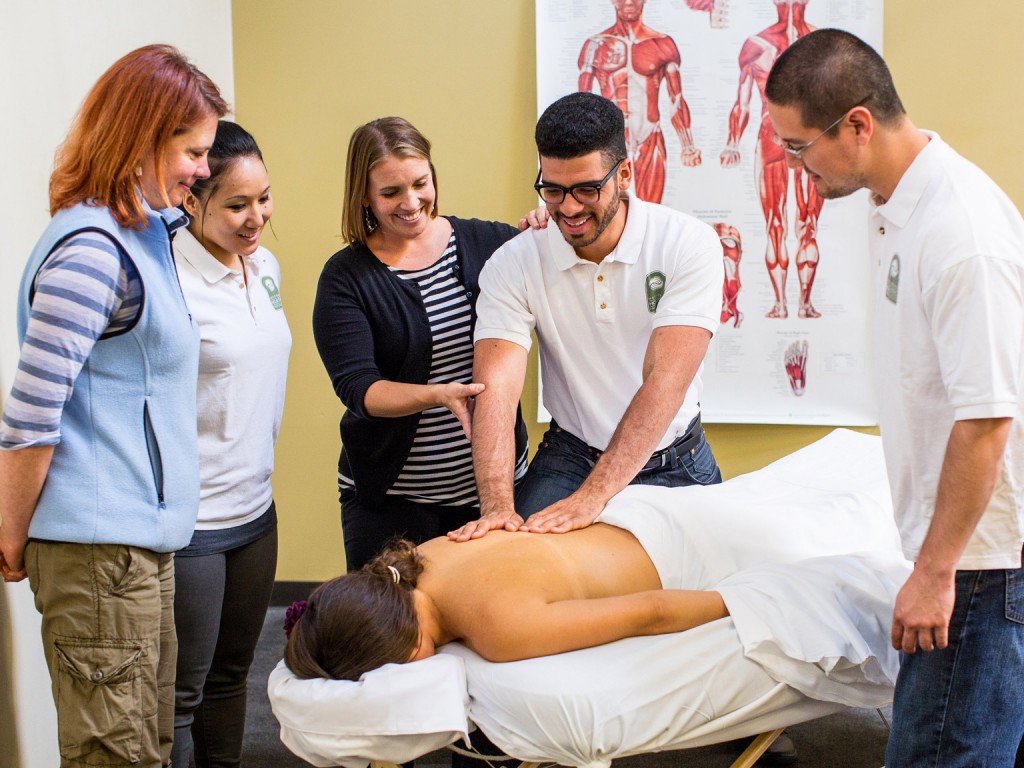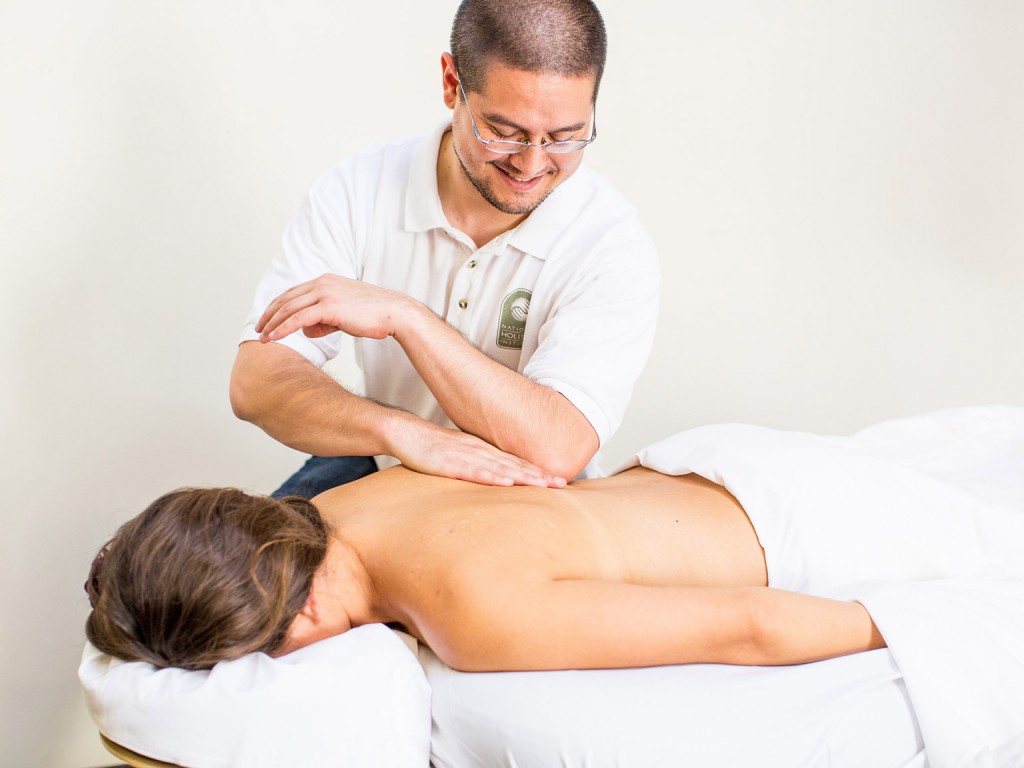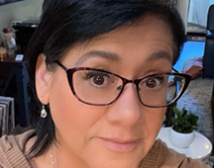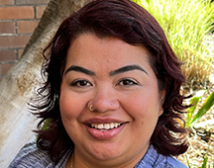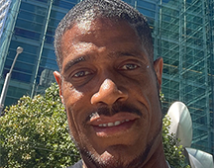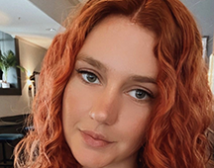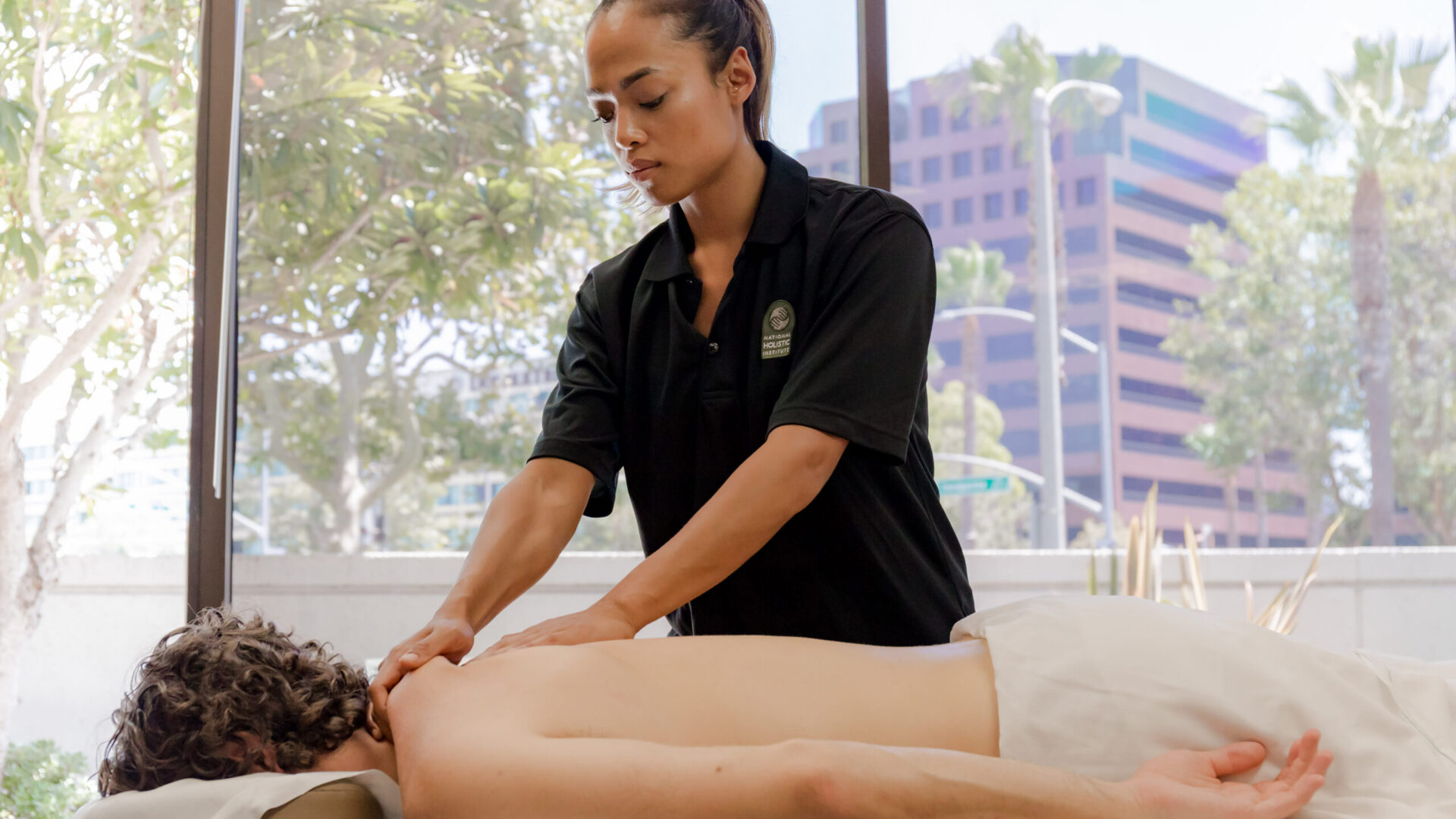
Hybrid Advanced Neuromuscular Therapy Program – IDL
Hybrid Advanced Neuromuscular Therapy Program – IDL
Get the Details!
Welcome to National Holistic Institute!
We are a massage school dedicated to training professional massage therapists. From enrollment to graduation and beyond, you are joining a supportive holistic community dedicated to your success!
Hybrid Advanced Neuromuscular Therapy Program – IDL
Key Features of the Hybrid Advanced Neuromuscular Therapy (ANMT) Program – IDL
- Apply Academic Theories during In-Person Classes
- By covering orthopedic assessment theory, biomechanics, and treatment planning online first, students arrive to in-person classes with a strong mental map of:
i. Muscle attachments, actions, and common injuries.
ii. How to interpret client histories and strategize appropriate care plans. - This allows the hands-on time to be purely practical – palpation refinement, body mechanics, and treatment technique application.
- By covering orthopedic assessment theory, biomechanics, and treatment planning online first, students arrive to in-person classes with a strong mental map of:
- Clinical Relevance
- In-person sessions allow students to evaluate decisions on clients – receiving immediate feedback from instructors and peers.
- In-person classes allow for focused skill refinement where instructors coach advanced palpation, depth control, and tissue response interpretation.
- Develop True Palpation Sensitivity
- In-person training allows therapists to feel the subtle differences in tissue tone, temperature, and texture that signal trigger points, fascial restrictions, or edema.
- Therapists can compare their palpatory findings immediately with an instructor.
- Receive Immediate, Hands-On Feedback
- Instructors can physically adjust hand position, pressure, angle of entry, and body mechanics in real time.
- Therapists will learn how to deliver effective treatment without causing unnecessary discomfort or strain to themselves or their client.
- Practice on Diverse Clientele
- In class, there are a variety of body types, ages, and presentations – mirroring what is seen in the field.
- Therapists will adapt techniques for muscular vs. Deconditioned clients, acute
- Observe and Be Observed
- Watching a skilled instructor demonstrate in real time provides nuanced cues – breathing patterns, micro-movements, and transitions.
- Colleagues can give tactile and visual feedback on how techniques feel from a client’s perspective.
- Master Pressure Control and Depth
- The difference between therapeutic release and tissue irritation often comes down to highly skilled and nuanced application of depth and subtle vector changes.
- In-person practice allows therapists to calibrate these variables with expert supervision – especially for techniques like deep transverse friction, myofascial release, and proprioceptive neuromuscular facilitation
- Build Safe and Efficient Body Mechanics
- Instructors can fine-tune stance, joint alignment, and movement patterns to reduce injury risk and improve efficiency over a long career.
